
Silicon Steel: An In-Depth Look at the Core Material of Electric Bike Motor Stators
In electric bikes, the motor is a crucial component, and the stator plays a key role in converting electrical energy into mechanical energy. The performance of the stator largely depends on the core material used—silicon steel (also known as electrical steel). Silicon steel is the ideal choice for motor stators due to its excellent magnetic properties and low loss characteristics. This article will explore the properties, manufacturing processes, and applications of silicon steel in eBike motors.
What is Silicon Steel?
Silicon steel, also called electrical steel, is an iron alloy that typically contains 1% to 4.5% silicon. Its main features include high magnetic permeability, low coercivity, and low iron loss, making it highly efficient in alternating magnetic fields. This efficiency is especially important for components like electric bike motors, where minimizing energy loss is crucial for optimal performance. The use of silicon steel as the core material in motor stators ensures greater energy efficiency and longer-lasting power output.
Types of Silicon Steel
Silicon steel can be divided into two main types:
-
Non-oriented Silicon Steel: The magnetic properties are relatively consistent in all directions, making it suitable for rotating motors like those in electric bikes. This type of core material is ideal for motor stators because it allows for efficient operation as the magnetic field in the motor changes direction constantly.
-
Grain-oriented Silicon Steel: The magnetic properties are optimized in a specific direction, mainly used in transformers and other static devices.
Electric bike motor stators generally use non-oriented silicon steel because the magnetic field in the motor changes direction constantly during operation, requiring the core material to maintain stable magnetic properties in all directions. The choice of core material directly influences the motor's efficiency and performance.

What Makes Silicon Steel Perfect for Electric Bike Motors?
High Magnetic Power for Better Performance
Silicon steel has high magnetic permeability, meaning it can produce a stronger magnetic field (B-value) with the same magnetic strength. This leads to improved torque and efficiency for electric bike motors. The enhanced performance of motor stators made with silicon steel ensures a smoother and more powerful ride, especially in demanding conditions. The core material of motor stators plays a crucial role in delivering this performance boost.
Cutting Down Energy Loss with Low Iron Loss
Iron loss happens in two ways: hysteresis loss and eddy current loss. Silicon steel reduces this energy loss by:
-
Adding Silicon: Silicon boosts resistance, helping reduce eddy current loss in motor stators.
-
Thin Sheets: Silicon steel is made into very thin sheets (0.2–0.5mm), further minimizing energy loss from eddy currents, which is crucial for the efficiency of electric bike motors. The core material in the stator helps maximize energy conservation, improving overall motor efficiency.
Quick Motor Response with Low Coercivity
Coercivity is the magnetic field strength needed to demagnetize a material. Silicon steel has low coercivity, which means it magnetizes and demagnetizes easily in changing magnetic fields, making the motor more responsive and reducing energy consumption.
How Is Silicon Steel Made for Electric Bike Motors?
Creating silicon steel for electric bike motors involves several important steps:
- Melting and Casting: Iron and silicon are carefully melted together to form billets.
- Hot Rolling: The billets are heated and rolled into thicker sheets.
- Cold Rolling: The sheets are then rolled thinner to the target thickness (usually 0.2–0.5mm).
- Annealing: This step removes internal stress and improves the structure of the metal to enhance its magnetic properties, ensuring better performance in motor stators. The core material used in the stator plays a critical role in achieving these superior magnetic properties.
- Insulation Coating: A special insulation layer (like phosphate or organic coating) is applied to reduce energy loss between the sheets, improving the overall efficiency of motor stators in electric bikes. The core material’s structure directly impacts energy conservation and motor performance.
How Silicon Steel Powers Your Electric Bike Motor
The Role and Structure of the Stator
The stator of an electric bike motor is made up of multiple layers of silicon steel sheets stacked together. Its main functions are:
-
Creating a Rotating Magnetic Field: This drives the rotor (usually a permanent magnet) to rotate.
-
Reducing Eddy Current Loss: This helps improve motor efficiency.
How Silicon Steel Affects Electric Bike Performance
-
Efficiency Boost: The low iron loss properties of silicon steel mean the motor generates less heat during high-speed operation, leading to longer battery life. This efficiency is especially crucial for motor stators in electric bikes, where heat reduction directly impacts the longevity and performance of the motor. The core material used in the stator, silicon steel, plays a significant role in this process, ensuring minimal energy loss.
-
Torque Optimization: High magnetic permeability ensures the motor provides strong power even at low speeds, making it ideal for climbing hills and accelerating. The use of silicon steel in motor stators helps optimize torque, improving the overall power delivery of electric bikes. The core material of the stator helps to enhance performance, especially in demanding situations.
-
Noise Control: The excellent magnetostrictive properties (minimal size change when magnetized) of silicon steel help reduce motor noise, making for a quieter, more enjoyable ride. This is another area where the choice of core material is crucial, as silicon steel minimizes noise and vibrations, ensuring smoother and more pleasant riding experiences.

Industry Trends: Higher Silicon Content and Thinner Sheets
As electric bike motors become more efficient and lighter, the silicon content in silicon steel has gradually increased (3% to 4.5%), and the thickness has been reduced (to as thin as 0.2mm or even lower). This is especially true for motor stators, where the core material's efficiency is crucial for performance. For example, Japan’s JFE Steel’s “JNE Series” and Baosteel’s “B20 Series” are optimized for high-efficiency motor stators in electric bikes.
The Future and Challenges of Silicon Steel
Competing New Materials
-
Amorphous Metals: These have extremely low iron loss but are expensive and difficult to process.
-
Nanocrystalline Alloys: These materials offer excellent performance but have not yet been widely adopted in motor stators.
Currently, silicon steel remains the most cost-effective choice for the core material in motor stators for electric bikes, despite the emerging competition.
Environmental Concerns and Recycling
Silicon steel is recyclable, but its insulation coatings require eco-friendly processing. Future developments may include uncoated silicon steel, where laser treatment replaces chemical coatings, providing an even more sustainable core material for motor stators.
Conclusion
As the core material of electric bike motor stators, silicon steel’s magnetic properties and low loss characteristics directly impact motor efficiency, power, and range. With advancements in technology, higher silicon content and thinner silicon steel sheets will continue to push electric bike motors toward greater efficiency and lighter designs.



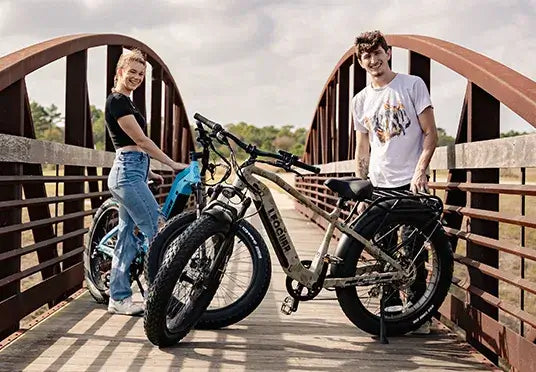
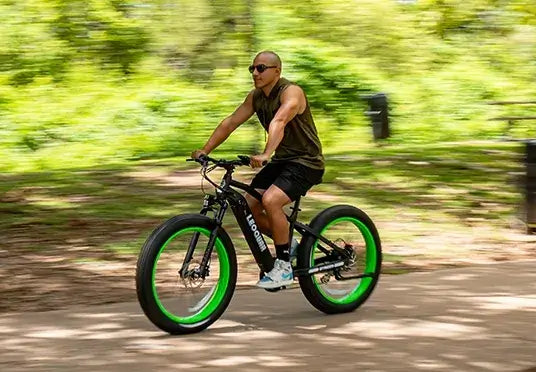


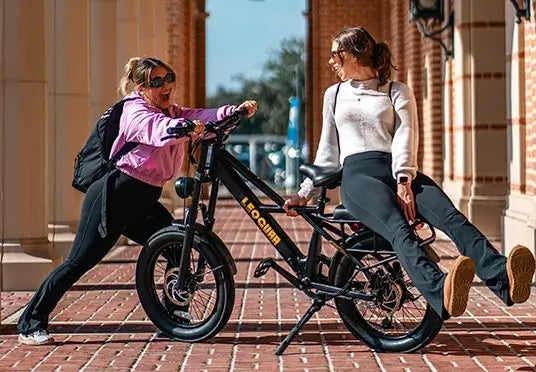
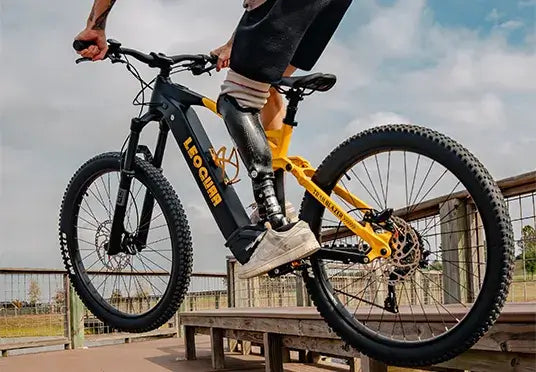
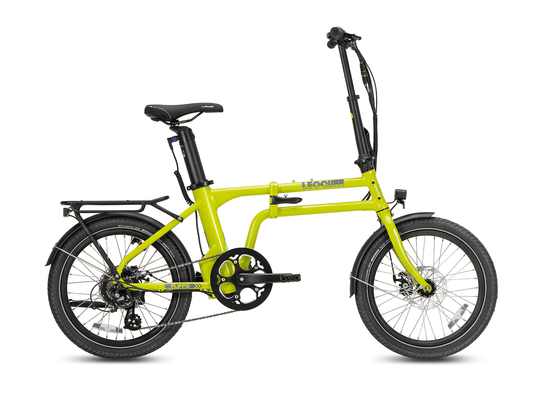
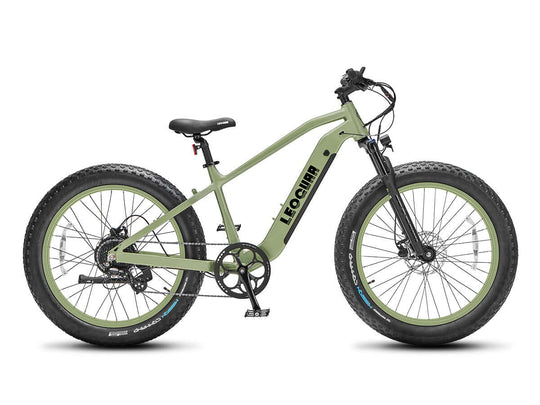
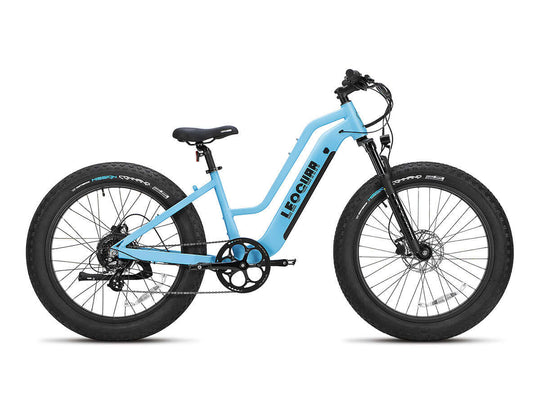
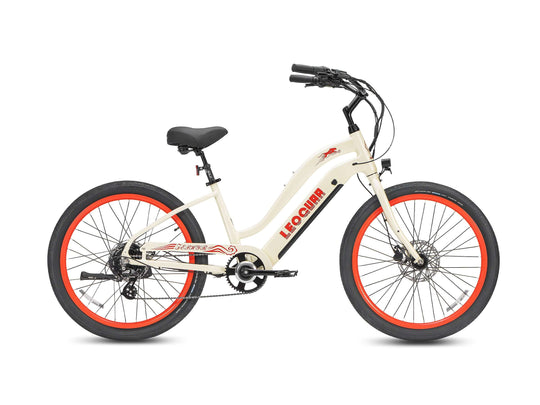
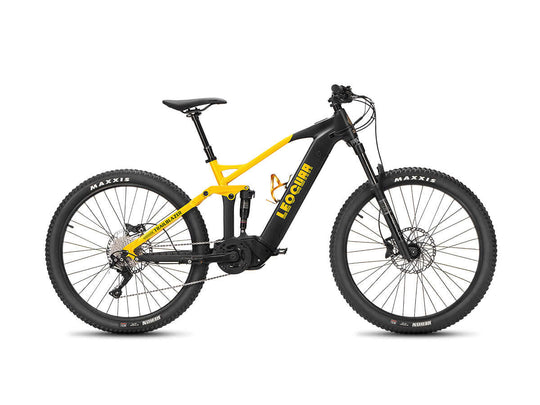
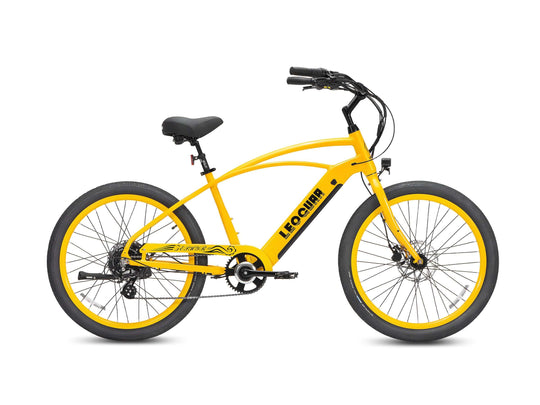
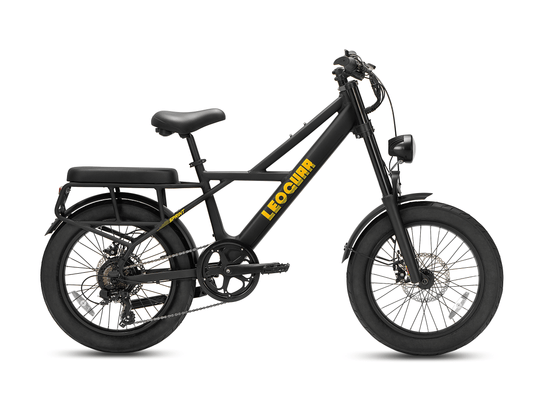
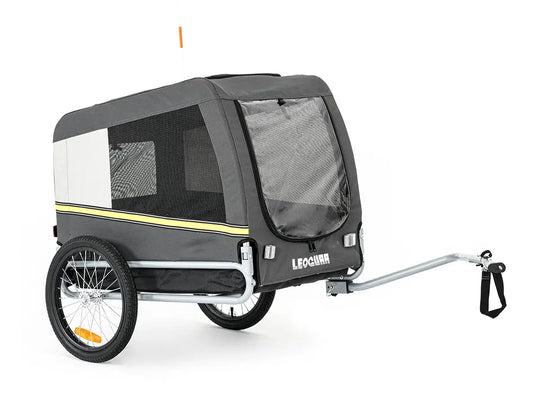
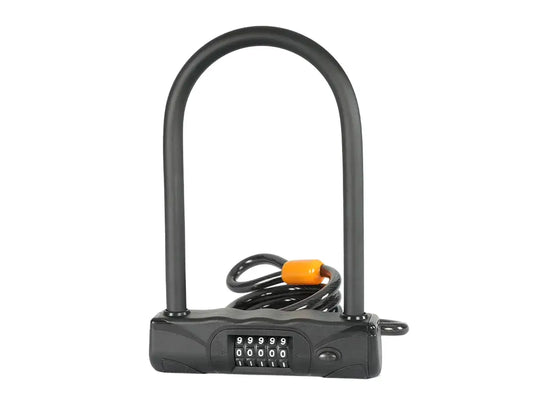
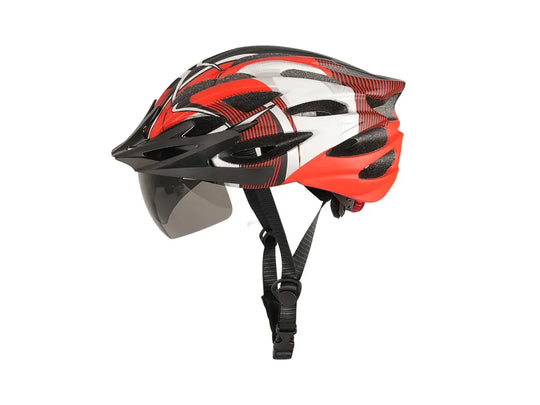
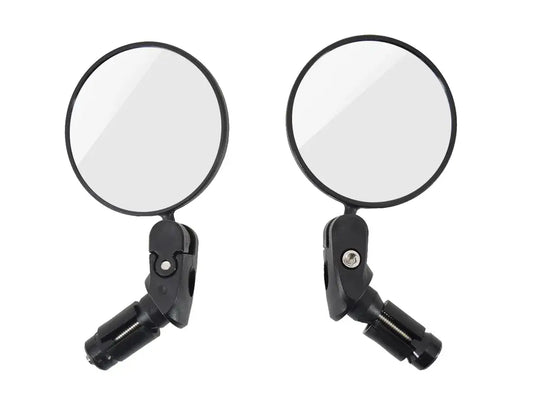
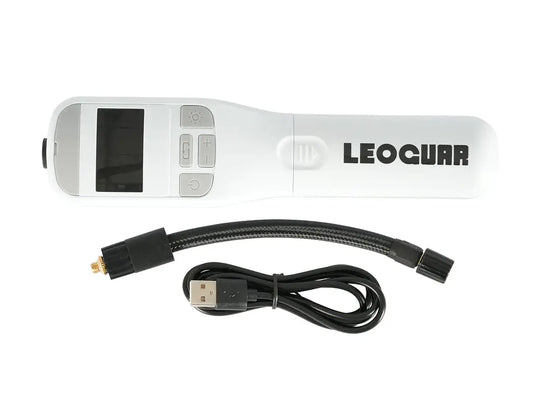
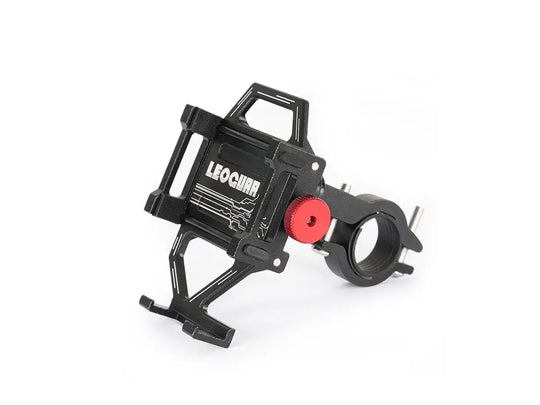

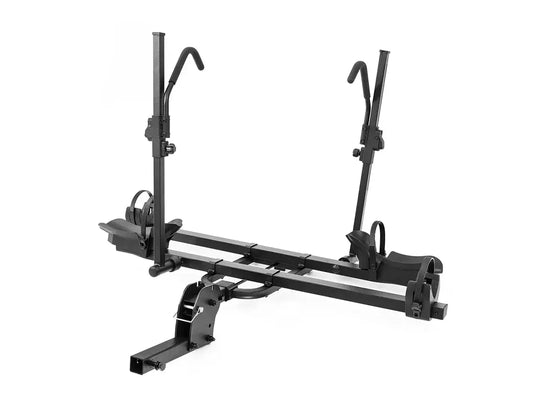
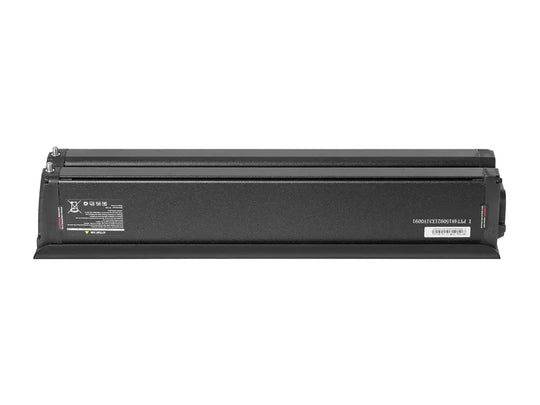
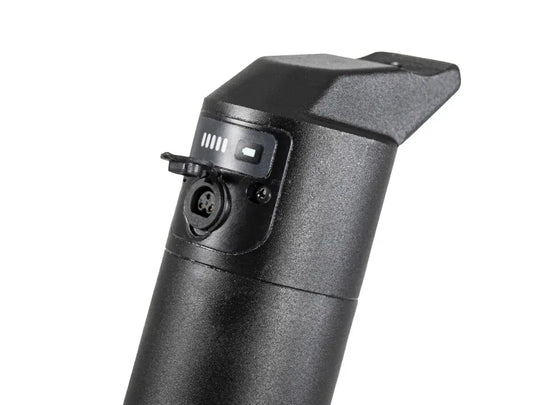
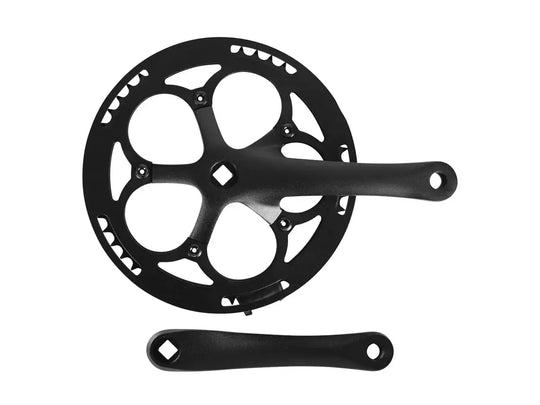
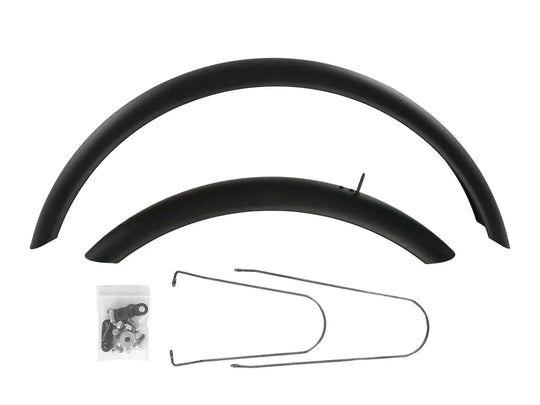
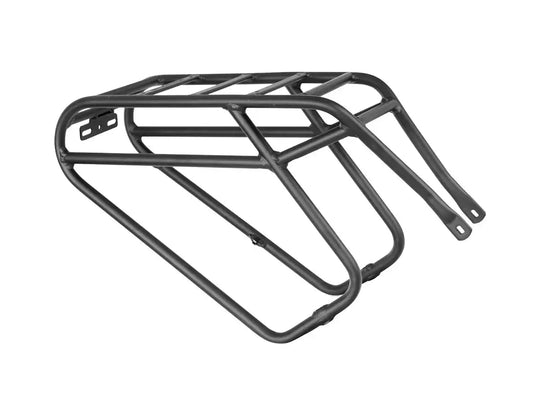
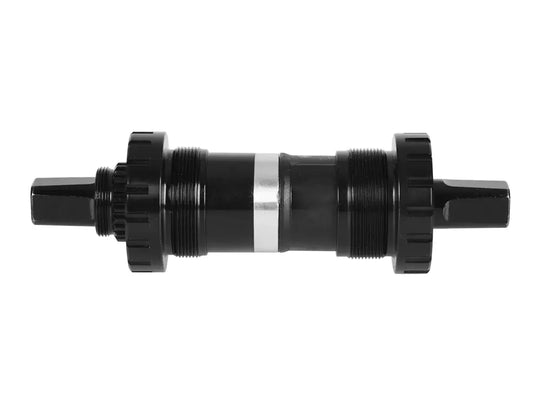
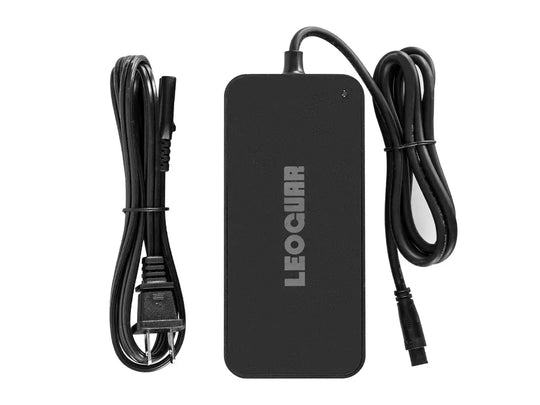
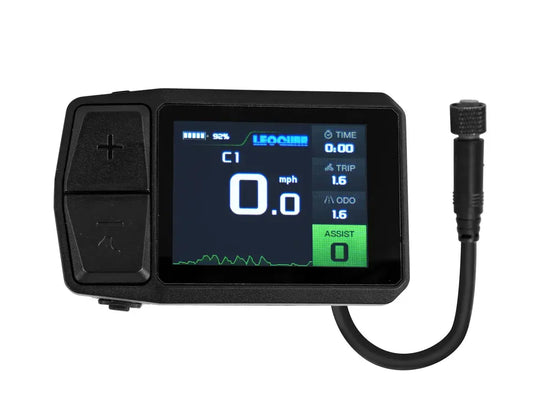
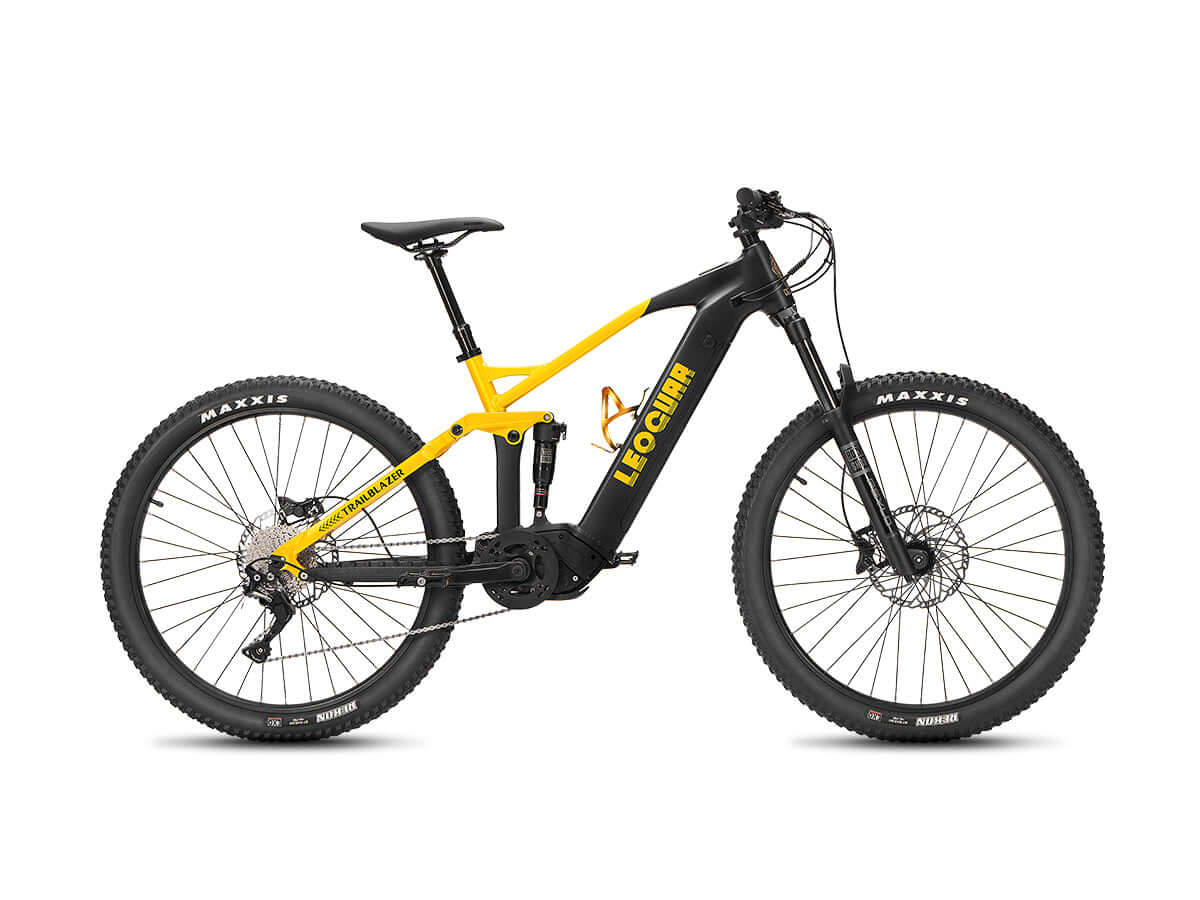







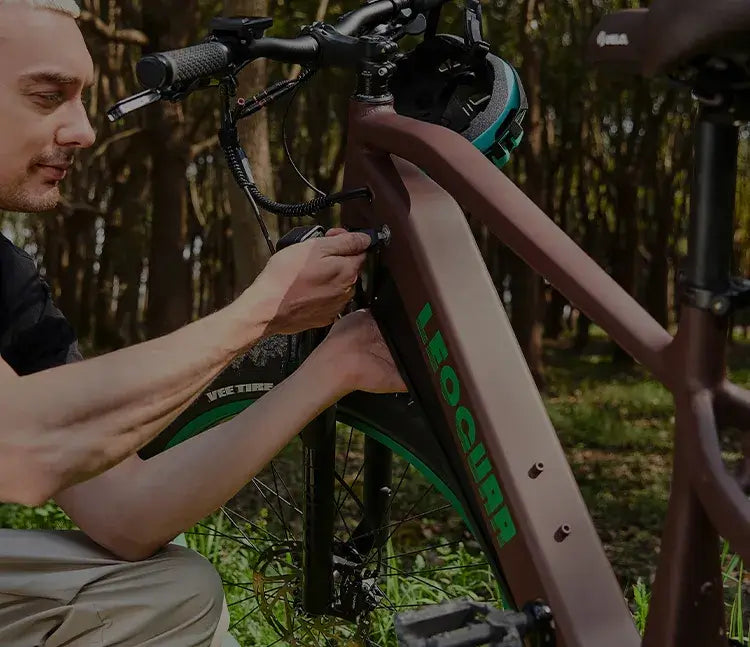
Leave a comment